1. Apple’s “1984” (1984)
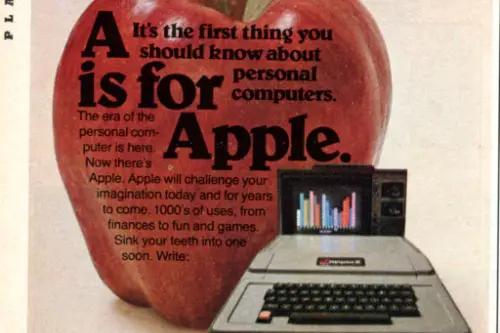
Apple wasn’t just selling a computer with its iconic “1984” Super Bowl commercial—it was declaring war on conformity. The ad, directed by Ridley Scott, showed a dystopian world controlled by an authoritarian figure, only for a rebellious woman to smash the screen and “free” the people. It was a direct jab at IBM, the tech giant of the time, but it also tapped into America’s deep-rooted love for individualism and revolution. The commercial set the tone for Apple’s entire brand identity and changed how companies approached marketing as a form of storytelling, according to Saul Austerlitz from The New York Times.
More than just an ad, it redefined how Americans saw personal technology—not as boring office equipment, but as a tool for creativity and freedom. It also helped establish the Super Bowl as the biggest advertising event of the year, making commercials just as anticipated as the game itself. The imagery of fighting back against an all-powerful system became a lasting part of Apple’s brand. Even today, the ad’s impact can be seen in how tech companies position themselves as disruptors rather than corporations.
2. Coca-Cola’s “Hilltop” (1971)
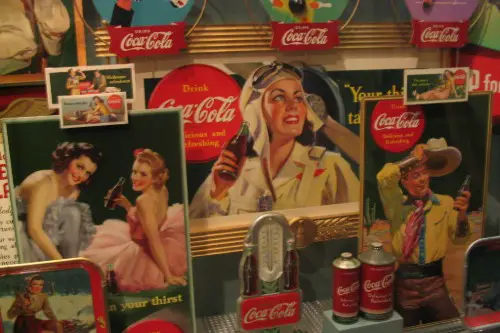
When Coca-Cola released its “Hilltop” commercial, it wasn’t just pushing soda—it was selling world peace. Featuring a diverse group of young people singing “I’d Like to Buy the World a Coke” atop a sunny hillside, the ad came at a time when the U.S. was deeply divided over the Vietnam War. It tapped into the counterculture’s hope for unity and love, making Coke more than just a drink—it became a symbol of harmony. The song became so popular that it was turned into a hit single, proving that advertising could shape pop culture in unexpected ways, according to Brian Steinberg from Variety.
This commercial also showed that brands could take on social issues without being overtly political. It redefined how companies could use advertising to create emotional connections with consumers rather than just pushing a product. The idea of using commercials to promote inclusivity and positivity has been copied by countless brands since. Even decades later, the ad still resonates, proving that a simple message of togetherness never goes out of style.
3. Wendy’s “Where’s the Beef?” (1984)
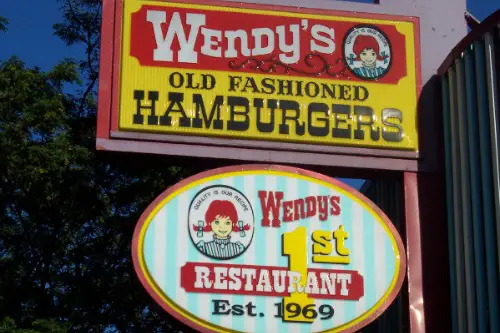
A tiny, no-nonsense grandma yelling “Where’s the beef?” became an unexpected cultural phenomenon in the 1980s, according to Marc Berman from Forbes. Wendy’s ad, meant to criticize the small burger patties of its competitors, turned into something much bigger—an all-purpose phrase for questioning whether something had real substance. The slogan was quickly adopted in politics, with Walter Mondale using it in a presidential debate to attack his opponent’s vague policies. Suddenly, a fast-food catchphrase was shaping national conversations.
The campaign was so successful that Wendy’s saw a huge sales boost and pop culture got a new go-to joke. “Where’s the beef?” became shorthand for skepticism and a demand for proof, used in everything from business meetings to sports commentary. It also showed how a well-timed commercial could transcend advertising and become part of everyday speech. Even now, you can still hear it referenced in pop culture, proving that a good slogan never really dies.
4. McDonald’s “You Deserve a Break Today” (1971)
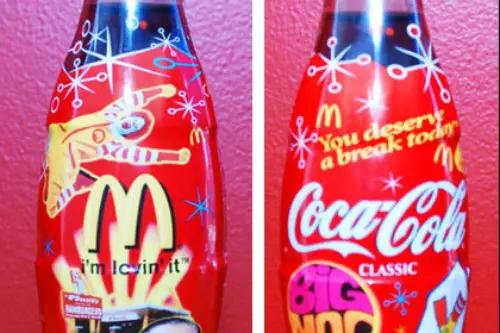
Before this commercial, fast food was seen as just that—fast, cheap, and not particularly special. But McDonald’s “You Deserve a Break Today” flipped that script, making a trip to the Golden Arches feel like a well-earned reward, according to Scott Hume from HuffPost. The jingle-driven campaign framed McDonald’s as a place where hard-working Americans could take a moment for themselves. It wasn’t just selling burgers—it was selling self-care before that was even a concept.
This commercial helped change the way people thought about convenience food, making it part of their routine rather than just an occasional indulgence. It also paved the way for fast food brands to focus on emotional storytelling, rather than just showcasing their menu. More importantly, it set the tone for decades of advertising that emphasized personal gratification. The idea that a quick meal could be an experience rather than just sustenance is still a major theme in food advertising today.
5. Budweiser’s “Whassup?” (1999)
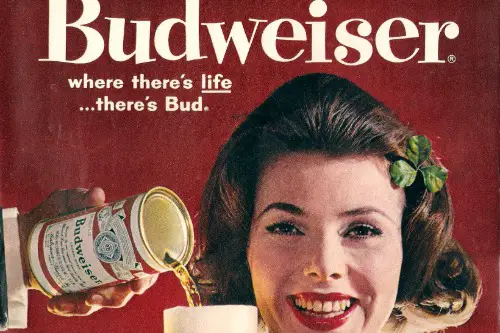
Few ads have captured the way people actually talk like Budweiser’s “Whassup?” campaign. Featuring a group of friends repeatedly shouting “Whassup?” at each other in exaggerated voices, it perfectly reflected the casual, goofy energy of late-90s culture. It quickly became a catchphrase, popping up everywhere from everyday conversations to TV shows and even political speeches. The ad’s success showed just how powerful humor and relatability could be in marketing.
It also proved that an ad didn’t need to have a deep message to become iconic. People loved it simply because it was fun, and that was enough to cement it in pop culture. Years later, the campaign was revived, showing how nostalgia can keep a great commercial alive. Even now, “Whassup?” is still recognized as one of the most quotable ad campaigns ever.
6. Nike’s “Just Do It” (1988)
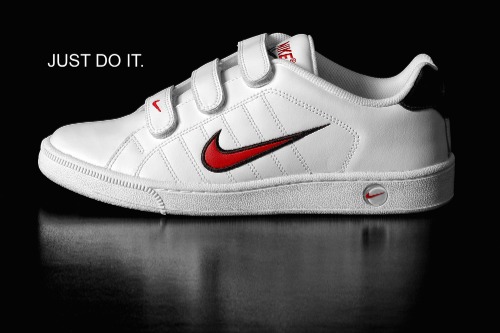
Nike’s “Just Do It” campaign wasn’t just about selling shoes—it was about reshaping the way Americans thought about fitness. At a time when exercise was becoming more mainstream but still felt intimidating to many, the slogan gave people permission to push themselves without overthinking. It spoke to everyone, from elite athletes to everyday people trying to stay active. More than a tagline, it became a mindset, one that encouraged people to take risks and stop making excuses.
The impact of this campaign went beyond sports, influencing how brands approached motivation and empowerment in their messaging. It redefined personal achievement, making fitness feel like an identity rather than just a hobby. “Just Do It” became a battle cry for perseverance, used far beyond the world of athletics. Even decades later, those three words remain one of the most powerful slogans ever created.
7. Old Spice’s “The Man Your Man Could Smell Like” (2010)
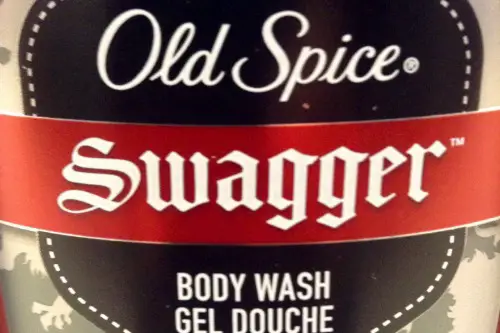
When Old Spice launched this campaign, it was trying to solve a very specific problem—how to make men’s body wash exciting. What it didn’t expect was that “The Man Your Man Could Smell Like,” featuring a charismatic, fast-talking Isaiah Mustafa, would become a viral sensation. The absurd humor, rapid-fire delivery, and over-the-top visuals made it one of the most talked-about ads of the decade. It completely changed how companies approached internet culture in advertising.
This ad was one of the first to show the power of viral marketing, proving that commercials could be as entertaining as TV shows or movies. It also rebranded Old Spice, turning it from a “dad” brand into something cool and modern. The campaign’s interactive follow-ups, where Mustafa responded directly to fans online, set the stage for social media-driven marketing. Even today, brands look to this ad as the gold standard for blending traditional and digital advertising.
8. Pepsi’s “Pepsi Challenge” (1975)
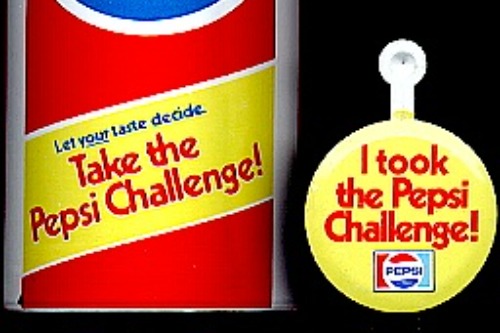
Pepsi didn’t just make a commercial—it started a full-blown soda war. The “Pepsi Challenge” was a series of blind taste tests that supposedly proved people preferred Pepsi over Coca-Cola. The ads showed everyday Americans picking Pepsi over Coke, shaking the confidence of the long-reigning soda giant. Suddenly, people started questioning their brand loyalty, and the rivalry between the two companies heated up like never before.
This campaign was one of the first to use direct consumer participation to challenge a competitor’s dominance. It pushed Coca-Cola into a panic, eventually leading to the disastrous launch of “New Coke” in 1985. The backlash against New Coke only reinforced the cultural weight of the original, making it clear that consumer attachment to brands was about more than just taste. The Pepsi Challenge proved that advertising could spark real-world action, forcing brands to respond in ways that shaped pop culture.
9. Mastercard’s “Priceless” (1997)
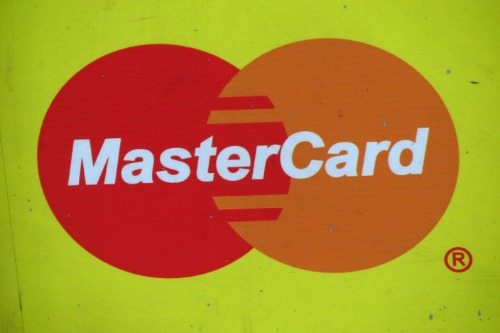
Before Mastercard’s “Priceless” campaign, most credit card ads focused on perks, rates, and rewards. But Mastercard took a different approach, showing that some things in life had emotional value that money couldn’t buy. The simple formula—listing prices for various items before delivering the punchline, “Priceless”—made it instantly memorable. The campaign didn’t just sell credit cards; it sold moments, emphasizing experience over material possessions.
This shift in messaging resonated with consumers, and the campaign became one of the most enduring in advertising history. It also popularized the structure of listing relatable costs followed by an emotional payoff, a format that countless brands have copied. The idea of “priceless” experiences became part of everyday speech, influencing how people talked about meaningful moments. Even today, Mastercard still uses the concept, proving that a great campaign can last decades.
10. California Milk Processor Board’s “Got Milk?” (1993)
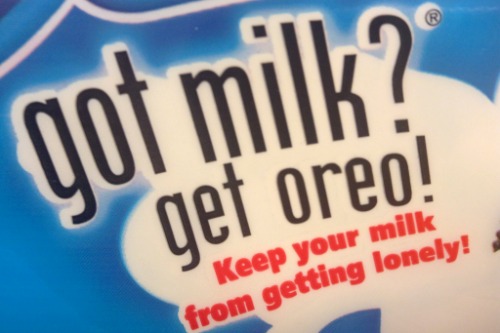
Milk wasn’t exactly an exciting product before “Got Milk?” came along. But this campaign changed that by making people think about what life would be like without it—starting with the now-iconic ad where a history buff fails to answer “Who shot Alexander Hamilton?” because he’s out of milk. The tagline was so simple yet effective that it quickly took on a life of its own. “Got Milk?” became a phrase people used for anything they felt was essential.
The campaign also inspired endless parodies and variations, from “Got Coffee?” to “Got Jesus?” making it one of the most imitated ads ever. It helped milk shake its reputation as just a kids’ drink, positioning it as a necessary staple for everyone. The famous milk mustache ads featuring celebrities added to the campaign’s cultural weight. Even though the tagline has been retired, it remains one of the most recognizable slogans in advertising history.
11. The “Like” Button by Facebook (2009)
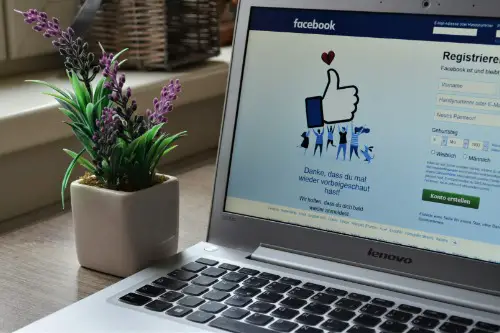
Okay, so this isn’t a traditional commercial, but the introduction of Facebook’s “Like” button was essentially an ad for engagement. By giving people an easy way to interact with content, Facebook changed the way we communicate online. The “Like” button made social validation a central part of digital culture, influencing everything from marketing to mental health. Soon, every platform—from Instagram to YouTube—rushed to create their own versions.
Brands quickly realized that getting likes meant free advertising, shifting marketing strategies toward engagement-based content. Meanwhile, people became more aware of how their online activity was being measured and valued. The Like button also played a role in the rise of influencer culture, where popularity could be quantified and monetized. It was a small change that ended up redefining how we use the internet.
12. Dos Equis’ “The Most Interesting Man in the World” (2006)
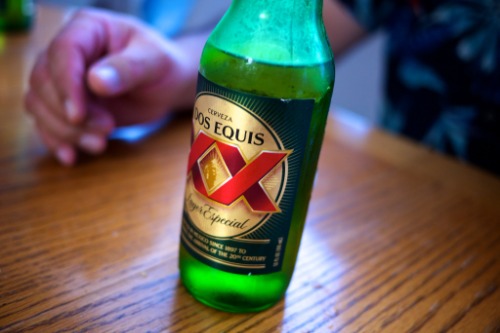
Beer ads usually stuck to the same formula—sports, parties, or rugged outdoorsmen. Then came Dos Equis with “The Most Interesting Man in the World,” an old-school gentleman with ridiculous, over-the-top accomplishments. His catchphrase, “Stay thirsty, my friends,” turned into an instant meme, proving that humor and exaggeration could sell a brand just as well as lifestyle marketing. The character was so engaging that people quoted him in everyday conversations.
This campaign also showed that an ad didn’t need to be serious to make an impact. By embracing absurdity and storytelling, Dos Equis positioned itself as a beer for those who saw themselves as unique and adventurous. The meme culture around the campaign extended its life far beyond traditional advertising. Even after Dos Equis retired the original actor, the legacy of “The Most Interesting Man in the World” lived on.
13. Cheerios’ Interracial Family Ad (2013)
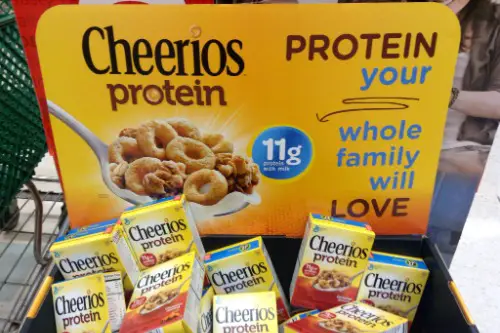
Cheerios never expected to stir up controversy when it featured an interracial family in a commercial. But when the ad sparked a wave of racist backlash online, it became an unexpected moment of cultural reflection. Rather than back down, Cheerios doubled down on its commitment to diversity, running similar ads that reinforced the normalcy of multiracial families. This moment marked a shift in how brands responded to social issues.
The commercial played a role in pushing more companies to embrace inclusivity, even at the risk of alienating certain audiences. It highlighted the growing divide between traditional advertising and internet-fueled outrage cycles. More importantly, it helped normalize diverse representation in mainstream media. Today, the ad is seen as a turning point in how brands approach social responsibility.
14. Snickers’ “You’re Not You When You’re Hungry” (2010)
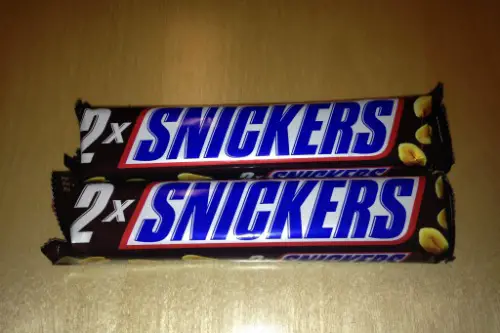
This Snickers campaign didn’t just sell candy bars—it turned hunger into a personality crisis. The ads, featuring celebrities like Betty White suddenly turning into cranky versions of themselves, perfectly captured how people feel when they’re “hangry.” It was a brilliant mix of humor and relatability that made Snickers the go-to snack for satisfying hunger. The tagline became part of everyday speech, reinforcing the idea that hunger changes who we are.
Beyond selling chocolate, this campaign showed how brands could tap into universal human experiences. It also paved the way for more character-driven, storytelling-based ads in the snack food industry. The success of the campaign led to numerous spin-offs, proving its staying power. Even now, the phrase “You’re not you when you’re hungry” remains instantly recognizable.


